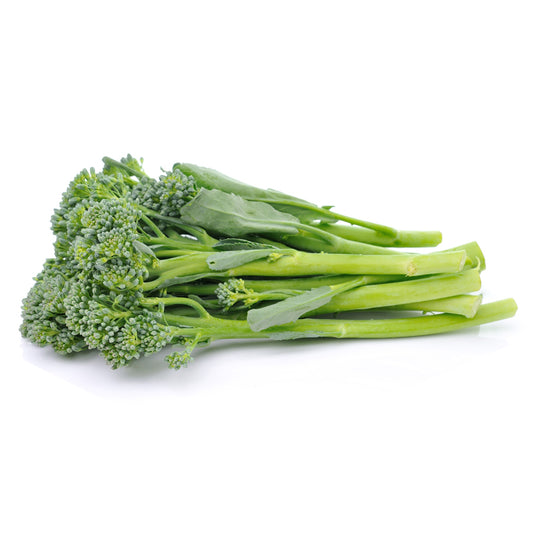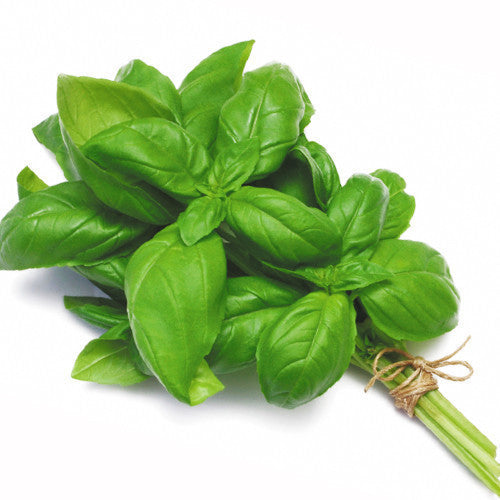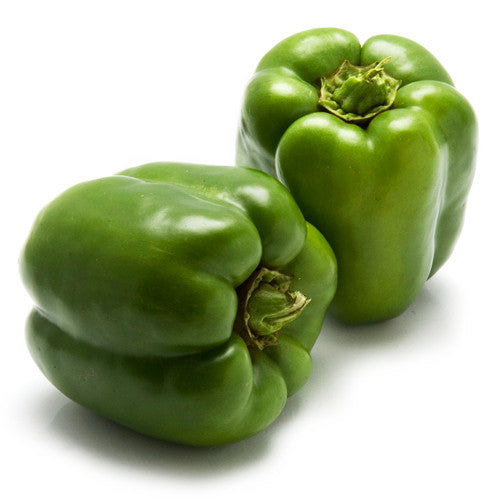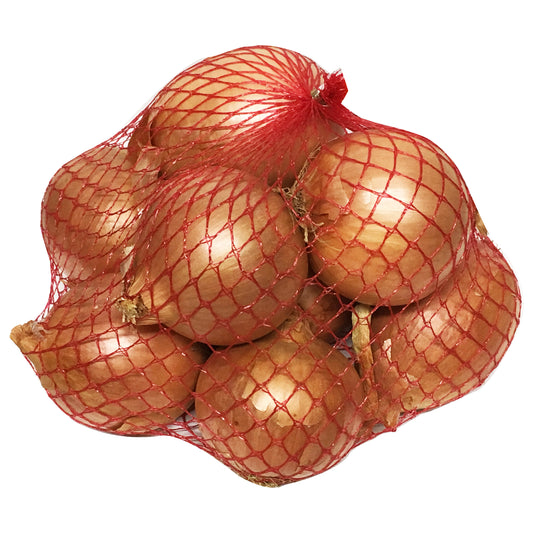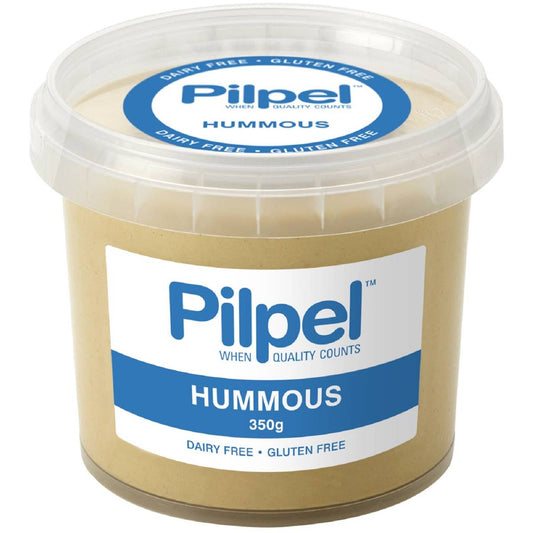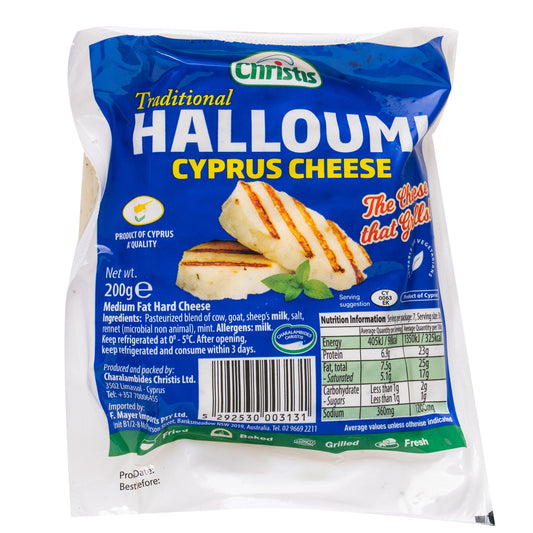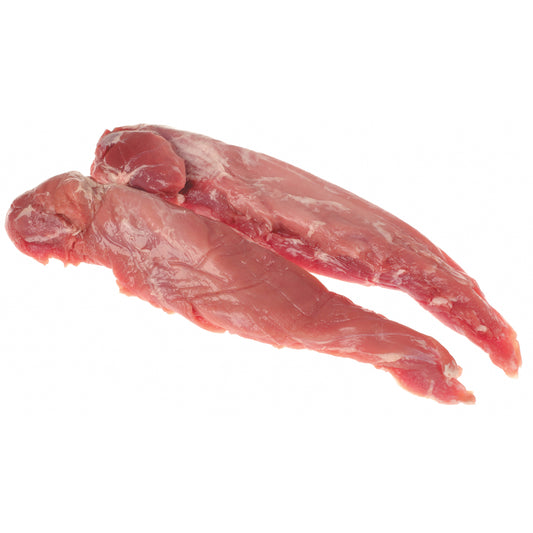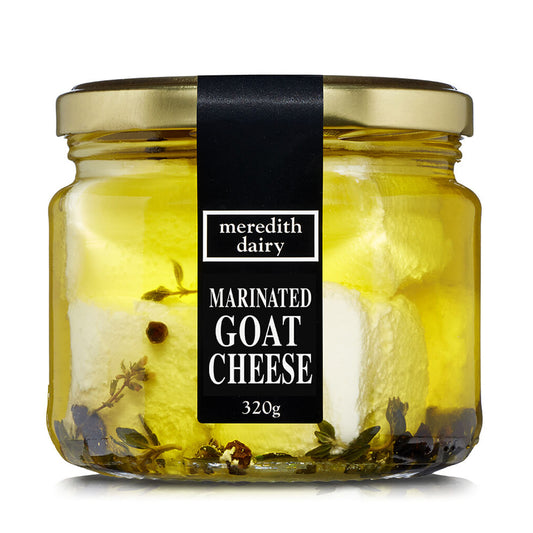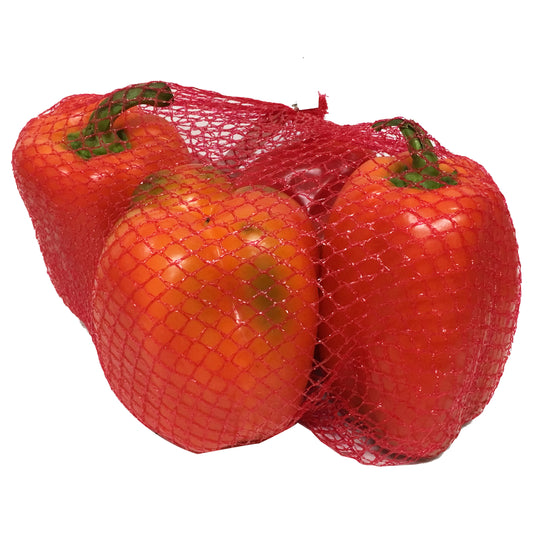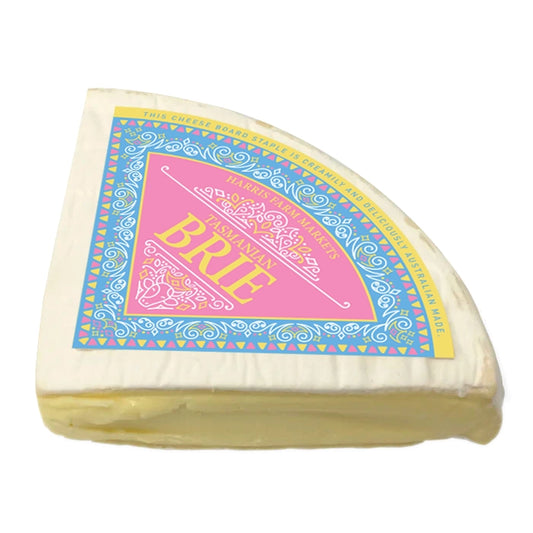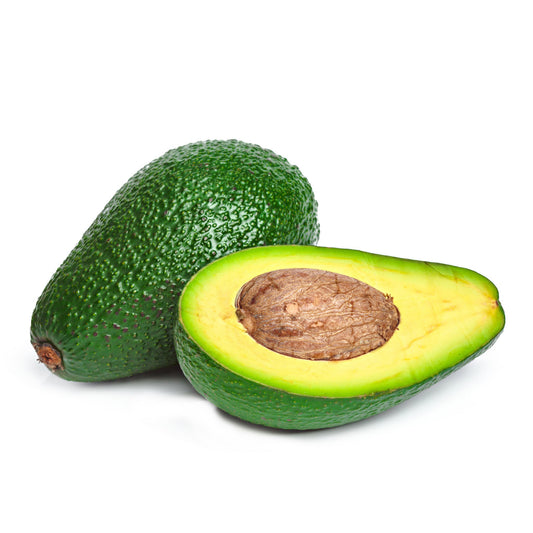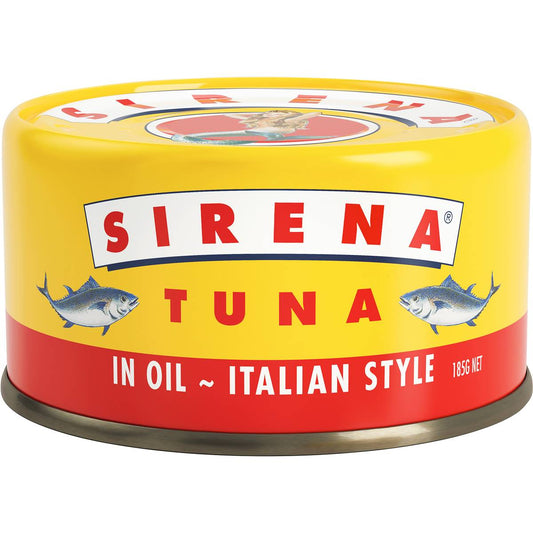
RE-PURPOSEFUL PICKS are our delicious new range of products that give our fruit, veg and groceries a second chance at life!
Every year, Australians throw out 7.3 million tonnes of food. Food wastage is responsible for around 6% of total global greenhouse gas emissions (Foodbank AU) To help reduce that number, we’re taking our best unsold food and upcycling it. Perfectly good unsold bananas will become delicious smoothies. Yesterday’s sourdough will become breadcrumbs for your next schnitzel.
Helping the planet has never tasted so good!
Food waste is a huge problem. It's bigger than the problem of plastic (which says a lot) because it contributes about 6% of all greenhouse gases globally. This is just the food we waste!! Nobody is winning from food waste. It costs the planet, costs the farmers and producers, costs the retailers and costs the customers.
This is a huge problem that calls for big, bold solutions (and, if we dare say, some delicious, buttery garlic bread).
Our Re-Purposeful Picks were borne of this crisis; an initiative by us that seeks to reduce food wastage by taking today’s unsold fruit, veg and bread by turning it into tomorrow’s delicious smoothies, salsas, breadcrumbs, garlic breads and more.
How does it work?
It’s simple. If a perfectly good banana doesn’t find a home today, we’ll freeze it and then mix it with pineapple, spinach and avocado to make a delicious smoothie. If a loaf of bread doesn’t get sold, instead of chucking it out, we’ll make crunchy bread crumbs. It reduces waste and makes for excellent schnitzel. Win, win.
What do we upcycle?
Customers naturally love super fresh food. We’ve based our whole business on providing the freshest food. The down side of that is if the food doesn’t sell straight away it’s not as fresh anymore and if it sits on shelf too long it becomes food waste. . Instead of letting that happen we are looking to take products off shelf before they go bad and repurpose them into terrific high quality items. Every new product is passed through a rigorous food safety process so that when it is transformed into something new its both safe to eat and delicious. And by reducing the amount of food we throw away, we not only create delicious new products, but we also reduce the amount of natural resources that go into growing, transporting and processing additional fruit and veg, like land, water and energy.
This little idea of ours is not easy (which is why most stores don’t do it) but it has the potential to make a big difference. We want to change the way Aussies think about food waste and our impact on the planet. So keep an eye out next time you shop at Harris Farm and make sure to fill up on goodness with our Re-Purposeful Picks.
Nothing tastes quite as good as saving the planet, and if we all do our bit, we can have a huge impact on the amount of food wasted and create a more sustainable future.
Some fast facts on food wastage via Foodbank AU:
- Food production is responsible for 26% of global greenhouse gas emissions; and food waste is responsible for 24% of that figure. Therefore, food waste as a share of global emissions is [24% * 26 = 6%].
- On average, Australians throw one in five shopping bags of food in the bin – that’s about $3,800 worth of groceries per household each year!
- The average Aussie household is sends roughly 4.9 kilograms of food waste to landfill each week.
- In Australia, 75% of all food that is sent to landfill comes from our households. This equates to 7.3 million tonnes; that’s enough to fill 13,000 Olympic sized swimming pools.
- Households are the biggest contributors to food wastage att (34%), followed by primary production (31%) and manufacturing (24%).
- Rotting food in landfill produces methane, which is 21 times more potent than carbon dioxide as a greenhouse gas. For every tonne of food waste in landfill, a tonne of CO2-e greenhouse gas is generated.
- When we waste food, we also waste the natural resources that go into making it, like land, water and energy.
- 1,460 gigalitres of water is used annually to grow Australian produce that is thrown out. For example, it takes 50 litres of water to produce just ONE orange

